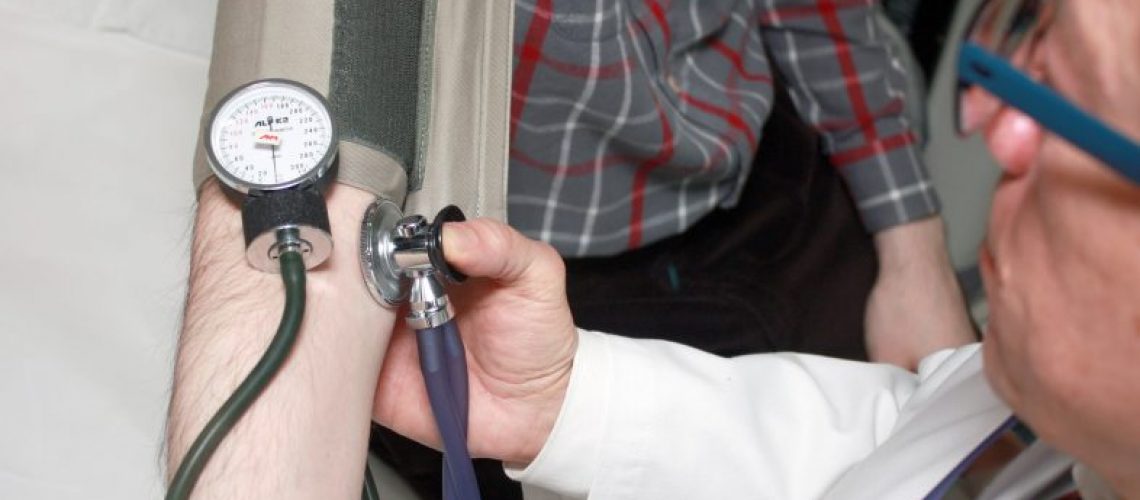PHP vs IOP: The Difference in Treatment Explained
Recovering from addiction is an individual experience and each Person’s continuum of care is different. Many people begin their treatment through full-time residential rehabilitation programs; Where the patient lives in the same facility they receive care. However, treatment options do exist where-in the patient can live independently.
Most treatment facilities follow a “step-down” process from inpatient treatment. Two of the most popular types of outpatient care are Partial Hospitalization Programs (PHP) and Intensive Outpatient Programs (IOP). The overarching difference between a PHP and an IOP is time.
True Life Recovery, an Orange County Detox Center notes that a patient in a PHP program still receives intensive therapy through group or individual sessions 4-5 days a week for 4-5 hours per day. Assuming things go well at the PHP level, the patient might qualify at the IOP level. In an IOP the same level of treatment is maintained (individual and group sessions), however they may only receive treatment 2-3 times per week for 2-3 hours a day.
The Difference Between a PHP and IOP

It’s important to note that the decision for what level of care is appropriate is ultimately up to the facility’s Clinicians to make. Each person’s body processes substance abuse in different ways. Meaning, a number of factors dictate what level of treatment is most appropriate; Level of addiction, psychiatric conditions, family history, lifestyle, etc.
What are Partial Hospitalization Programs (PHP)?
A Partial Hospitalization Program or PHP is often referred to as “day rehab” or “day-treatment.” In partial hospitalization, the patient resides at home and commutes to the treatment facility up to seven days a week (typically 4-5 days a week) and is at the treatment facility for 4-8 hours per day.
In a PHP, the patient receives the intensity of a residential recovery program receiving counseling, modalities of therapy, relapse prevention skills, etc. For example:
- Individual Therapy
- Group Therapy
- Family Therapy
- Skill Building
- Psych-Education Groups
- In some cases, Psychopharmacological Assessment
Note: The range of services or treatments you receive is also dependent on your insurance cover limit.
PHP programs feature significant amounts of individual and group therapy where the patient is taught better coping strategies to deal with their stress as alternatives to alcohol and drug abuse. A PHP is more suited to people who have a greater chance of relapsing – also the reason for the time commitment as it creates structure. It is also more recommended for people who are still undergoing withdrawal symptoms and may need further detoxification services; Medical staff is more accessible.
What are Intensive Outpatient Programs (IOP)?
An Intensive Outpatient Program or IOP is designed for patients who are not in dire need of medically supervised detoxification. An IOP is typically recommended for patients who have left rehab or are stepping down from a PHP.
Similar to a PHP, the patient resides at home and commutes to the treatment facility. However, the patient has less time commitment of 3-7 days per week of 2-3 hour sessions each day. An IOP allows the individual to attend to daily affairs such as work and then attend treatment at an appropriate facility in the morning or end of the day.
In an IOP the individual only needs to go to a facility for treatment sessions such as:
- Individual Therapy and Counseling
- Group Activities/Sessions
- Relapse Prevention Skills
To reiterate, the range of services or treatments is dictated by your insurance cover limit.
An IOP program will also typically recommend/encourage the activate participation in 12-step programs concurrently.



